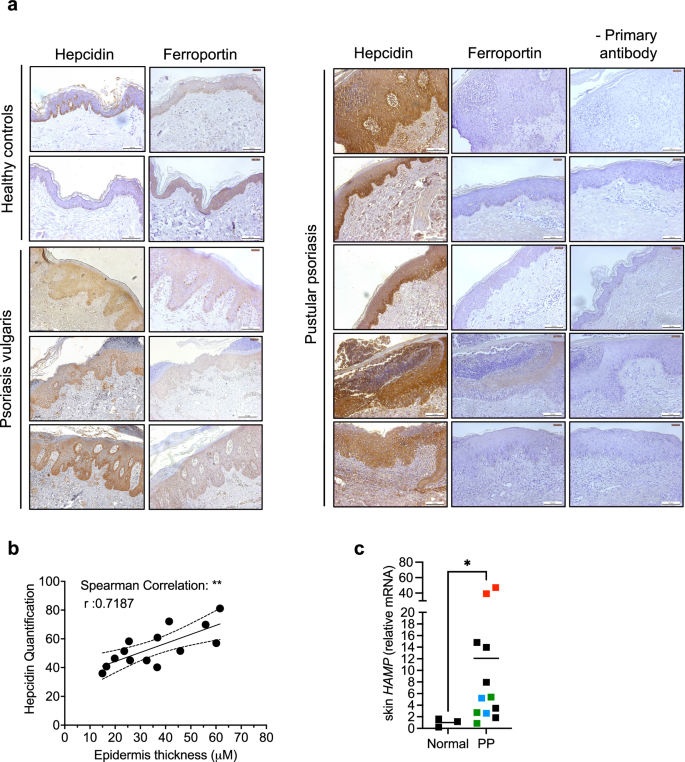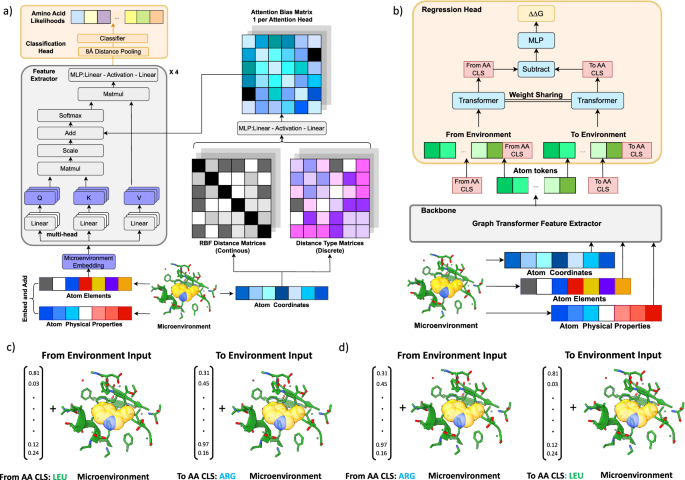2024-09-26 カリフォルニア大学リバーサイド校(UCR)
<関連情報>
- https://news.ucr.edu/articles/2024/09/26/scientists-design-new-drug-fight-malaria
- https://www.science.org/doi/10.1126/science.adm7966
カリヒノール類似体がマラリア原虫のアピコプラスト機能と小胞輸送を阻害する A kalihinol analog disrupts apicoplast function and vesicular trafficking in P. falciparum malaria
Z. Chahine, S. Abel, T. Hollin, G. L. Barnes, […], and K. G. Le Roch
Science Published:27 Sep 2024
DOI:https://doi.org/10.1126/science.adm7966
Editor’s summary
Despite decades of control efforts, malaria still exacts a severe toll on vulnerable populations. A few years of respite brought on by a vaccine or drug is typically followed by disease resurgence as the parasite escapes repression until the next control measure arrives. Chahine et al. have been working on an isocyanoterpene natural product analog to add to the antimalarial drug pipeline. Transcriptomic, metabolomic, pull-down, and thermal shift experiments yielded results consistent with action against the apicoplast, a parasite organelle required for host cell invasion. Although a specific target has not yet been identified, the drug appears to inhibit lipid synthesis and trafficking. Resistance could be selected for by a mutation in part of the secretory machine. Overall, the candidate drug was safe in a humanized mouse model of malaria. —Caroline Ash
Structured Abstract
INTRODUCTION
Given widespread resistance to commonly used antimalarials, artemisinin-based combination therapies (ACTs) remain one of the most applicable first-line treatments for drug-resistant malaria. However, recent reports have revealed growing global resistance to ACT partner drugs and clinical treatment failures. Given the finite number of antimalarials and the limited protection offered by current vaccines, there is an urgent need for therapeutics to suppress the spread of the disease. Ideally, candidate molecules should block pathways not previously targeted by approved antimalarials or those in clinical development.
The isocyanoterpene (ICT) family of sponge-derived natural products has shown potent antibacterial, antifungal, and antimalarial activity. Among the ICTs, the kalihinol subfamily, including kalihinols A and B, has shown activity against both drug-sensitive and drug-resistant Plasmodium falciparum isolates. However, large-scale biological production of the kalihinol derivatives was complex, and access to efficient chemical biology tools to uncover the mechanism of action of these compounds was limited.
RATIONALE
We chemically synthesized simplified kalihinol analogs in an earlier study. Among these compounds, MED6-189 emerged as a highly potent drug, with median inhibitory concentration values less than 50 nM, against several P. falciparum drug-sensitive and drug-resistant strains. Through a sequence of 10 chemical steps, synthesis of MED6-189 was scaled up to support the in-depth discovery of its mechanism of action as well as toxicology and in vivo efficacy studies against human and nonhuman primate malaria parasites.
RESULTS
MED6-189 inhibited both drug-sensitive and drug-resistant P. falciparum strains. Phenotypic assays showed that this compound blocked parasite sexual differentiation, had a promising tolerability profile against human cells, and cleared P. falciparum infection in a humanized mouse model. The compound also exhibited potent activity against P. knowlesi and P. cynomolgi. Microscopy imaging and drug combination studies showed that MED6-189 targeted the apicoplast, a nonphotosynthetic plastid found in most Apicomplexa parasites that is crucial for the synthesis of isoprenoids. Using a multi-omics approach and biotinylated MED6-189 probes that retained antimalarial activity, we gained an understanding of the drug’s mechanism of action and potential resistance pathways. Our findings showed that MED6-189 disrupts apicoplast biology, slows growth, and kills the parasite. Transcriptomic, metabolomic, and proteomic experiments indicated that the compound interferes not only with lipid metabolism but also with vesicular trafficking. Finally, we used prolonged in vitro resistance selection pressure followed by genetic analysis to identify mutations in PfSec13 (PF3D7_1230700), a gene coding for a key component of the protein secretory machinery. Using CRISPR-Cas9 genome editing, we confirmed that mutation of PfSec13 is associated with reduced susceptibility to the drug.
CONCLUSION
Our studies provide a comprehensive investigation into the activity and mode of action of MED6-189, a compound targeting both the asexual and sexual stages of P. falciparum. The complex mode of action of MED6-189, along with the challenges faced by the parasite to develop drug resistance, highlights its potential as an antimalarial candidate. Our research indicates that MED6-189, and by proxy other kalihinols and ICTs, is a promising antimalarial drug candidate, particularly in combination with fast-acting therapies. Furthermore, the ability of MED6-189 to inhibit the growth of P. falciparum, as well as its efficacy against P. knowlesi and P. cynomolgi, underscores its potential as a pan-antimalarial lead drug.

A systems biology approach for antimalarial drug discovery.
A synthetic analog of a sponge-derived natural product showing antimalarial activity was optimized in a series of phenotypic assays and tested for synergistic effects with known antimalarial drugs. Transcriptomic, metabolomic, proteomic, and genetic analyses identified the parasite target organelle—the apicoplast—a site of parasite isoprenoid synthesis. Pharmacokinetic and toxicity studies across cell types and Plasmodium species show feasibility for further development as a pan-Plasmodium drug. [Figure created with BioRender.com]
Abstract
We report the discovery of MED6-189, an analog of the kalihinol family of isocyanoterpene natural products that is effective against drug-sensitive and drug-resistant Plasmodium falciparum strains, blocking both asexual replication and sexual differentiation. In vivo studies using a humanized mouse model of malaria confirm strong efficacy of the compound in animals with no apparent hemolytic activity or toxicity. Complementary chemical, molecular, and genomics analyses revealed that MED6-189 targets the parasite apicoplast and acts by inhibiting lipid biogenesis and cellular trafficking. Genetic analyses revealed that a mutation in PfSec13, which encodes a component of the parasite secretory machinery, reduced susceptibility to the drug. Its high potency, excellent therapeutic profile, and distinctive mode of action make MED6-189 an excellent addition to the antimalarial drug pipeline.


